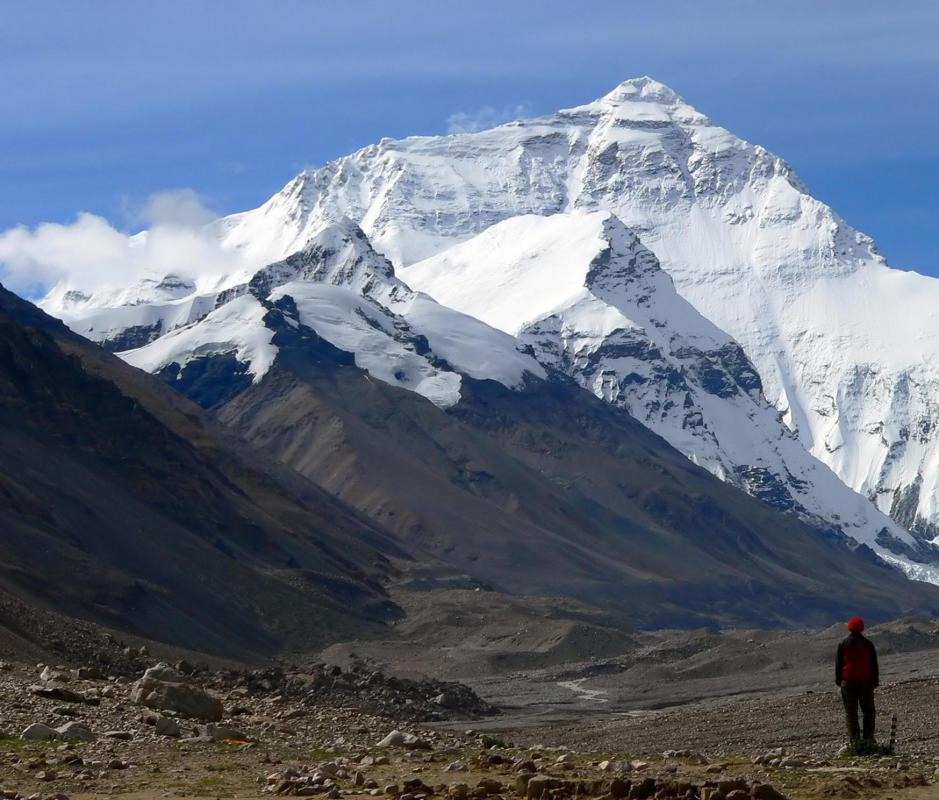At WiseGEEK, we're committed to delivering accurate, trustworthy information. Our expert-authored content is rigorously fact-checked and sourced from credible authorities. Discover how we uphold the highest standards in providing you with reliable knowledge.
What is Snow Blindness?
Snow blindness is a term used when discussing corneal burns caused by excessive exposure to ultraviolet B (UVB) rays. The scientific names for corneal burns are photokeratitis and ultraviolet keratitis. The term snow blindness comes from the fact that corneal burns are often caused by UVB rays reflecting off of snow.
Symptoms of snow blindness usually include intense eye pain, severe headaches, a feeling of "grit" in the eyes, swollen and red eyelids, visions of halos around light, blurry and temporary loss of vision. These symptoms usually first show themselves six to 12 hours after initial exposure to UV rays. Treatment usually includes antibiotic eye drops, rest and keeping the eyes completely protected from additional damage, usually by staying indoors or with eye patches. After exposure to the ultraviolet B rays is cut off, the cornea begins to heal within a day and a near-total recovery can be expected within 48 hours.

Snow blindness happens more often at higher altitudes, where UVB rays are far more intense. For every 1,000 feet (304 meters) increase in altitude the sun's rays become 4 percent more powerful. Many ski resorts are at least 5,000 feet (1,524 meters) above sea level so at minimum the UVB rays are 20 percent more powerful than those at sea level. Due to this, skiers and hikers are more likely to damage their eyes if the proper eyewear is not used.

Snow blindness is even more of a hazard in some Arctic and Antarctic climates, where the sun shines for 24 hours a day at times of the year. Corneal inflammation and burning can be caused by UVB rays reflecting off of water or sand, but this is less common. Arc welders sometimes face corneal burns as well, usually from failing to wear protective eyewear. In these cases it is usually called arc eye.

The best way to prevent snow blindness is to protect the eyes before exposure occurs. Those enjoying the outdoors at elevation, on snow or both rely on sunglasses and goggles that block UVB rays. Protection against snow blindness dates back hundreds of years before the invention of modern protective eyewear. Inuits and other tribal peoples who lived in high altitudes and snow-covered regions often fashioned their own protection against the sun using ivory, bones or wood. Their goggles covered the eyes completely except for small slits or holes. While these severely limited the field of vision for the wearer, they also filtered out most of the damaging sun rays.
AS FEATURED ON:
AS FEATURED ON:















Discussion Comments
Before I started skiing, I thought professional skiers wore those expensive glasses to look cool. Then my parents explained to me why I too needed those cool glasses when I was on the snow.
Drentel - Snow blindness can be very serious. For starters, in some cases, the condition can be painful, and the changes in the appearance of the eyes can be alarming. In some instances, especially when someone repeatedly exposes his eyes to this condition, permanent eye blindness can occur.
When you notice symptoms, you should find a dark place to rest and relax your eyes. There are eye drops that doctors can prescribe in severe cases. As you read in the article, the best precaution a person can take is wearing a good pair of glasses that will block ultraviolet B rays.
Before reading this article, I didn't think snow blindness was a particularly serious condition. I thought it was just a momentary effect caused by an influx of light in your eyes, like when you stare at a light bulb and have to close your eyes for a few moments to let your vision readjust.
I'm surprised to learn that the condition can seriously damage your eyes. I guess, I should invest in a better pair of sunglasses or snow goggles before I head to the ski slopes.
Post your comments